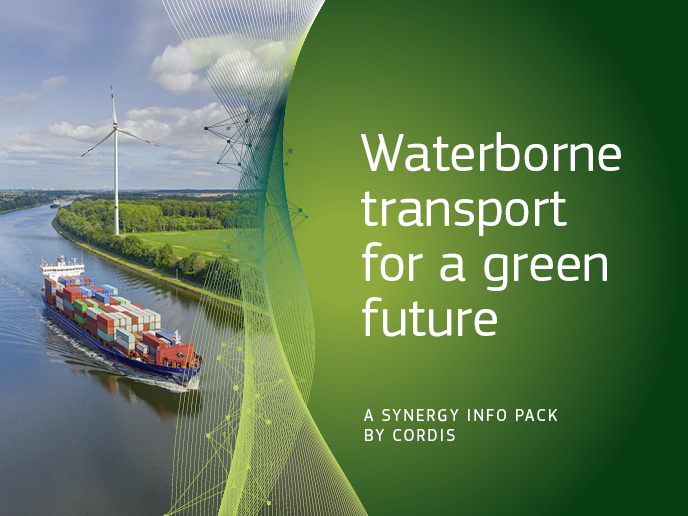CO2 turned into stone for zero carbon emissions
The Carbfix carbon storage method converts injected CO2 into stable carbonate rock safely and efficiently. Building on its success, the EU-funded Carbfix2(opens in new window) project designed a complete economically viable carbon capture and storage (CCS) chain coupled with cross-border carbon transport throughout Europe.
Increasing CO2 and H2S capture efficiency
Carbfix2 continues to optimise CO2 capture at the Hellisheidi geothermal power plant(opens in new window). Currently, Carbfix technology captures, injects, and mineralises 33 % of the plant’s CO2 emissions and 75 % of the plant’s hydrogen sulfide (H2S) emissions. This technology demonstrated rapid mineralisation of both CO2 and H2S in the subsurface. Edda Sif Pind Aradóttir, project coordinator explains: “To date, we have injected over 65 000 tonnes of CO2 and 35 000 tonnes of H2S into the subsurface without negatively impacting the performance of the power plant. We have demonstrated a long-term operation of a leak-free injection system.” The project is working to further increase the capture efficiency of both CO2 and H2S at the Nesjavellir power plant(opens in new window) located nearby while also bringing Carbfix technology to full-scale in Hellisheidi and capturing over 95 % of CO2 and H2S emissions from the power plant during normal operations.
Scaling up and expanding land and sea operations
“Building on results from Carbfix2 we are planning a demonstration project in 2022 to co-inject CO2 and seawater into a basaltic rock formation in Iceland,” adds Aradóttir. This will provide the necessary experience for offshore operations. Based on the successful coupling of Climework’s(opens in new window) direct air capture (DAC) technology and the Carbfix CO2 mineral storage at Hellisheidi, collaboration is currently scaling up from 50 to 4 000 tonnes/year with the construction of the ORCA(opens in new window) plant. A milestone, Orca is the first commercial plant with DAC and CO2 mineral storage plant in the world and operations will begin in the summer of 2021. The Carbfix method has been accepted by the UN’s Intergovernmental Panel on Climate Change as an alternative CCS method. Moreover, Iceland’s Parliament implemented the EU CCS directive, distinguishing CO2 mineral storage from conventional injection of supercritical or gaseous CO2 into deep saline aquifers.
Cross-border carbon transport and storage hub
Preparations are underway for the Coda Terminal(opens in new window), a cross-border carbon transport and storage hub in Iceland. CO2 captured at industrial sites in northern Europe will be shipped to the terminal and unloaded into onshore tanks for temporary storage. The CO2 is then pumped into a network of nearby injection wells where it is dissolved in water before being injected into fresh basaltic bedrock. The Coda Terminal will begin operations in 2025 with a 3 Mt CO2/year capacity when completed in 2030. The CCS Carbfix value chain at Hellisheidi costs about EUR 20/tonne, less than half the price of current Emission Trading Scheme allowances on the EU Emissions Trading Market. “Although costs are predicted to be somewhat higher when bringing the value chain to other industries that contain lower CO2 emissions in their flue gas, costs are already competitive with emission allowance prices in many cases,” concludes Aradóttir.







